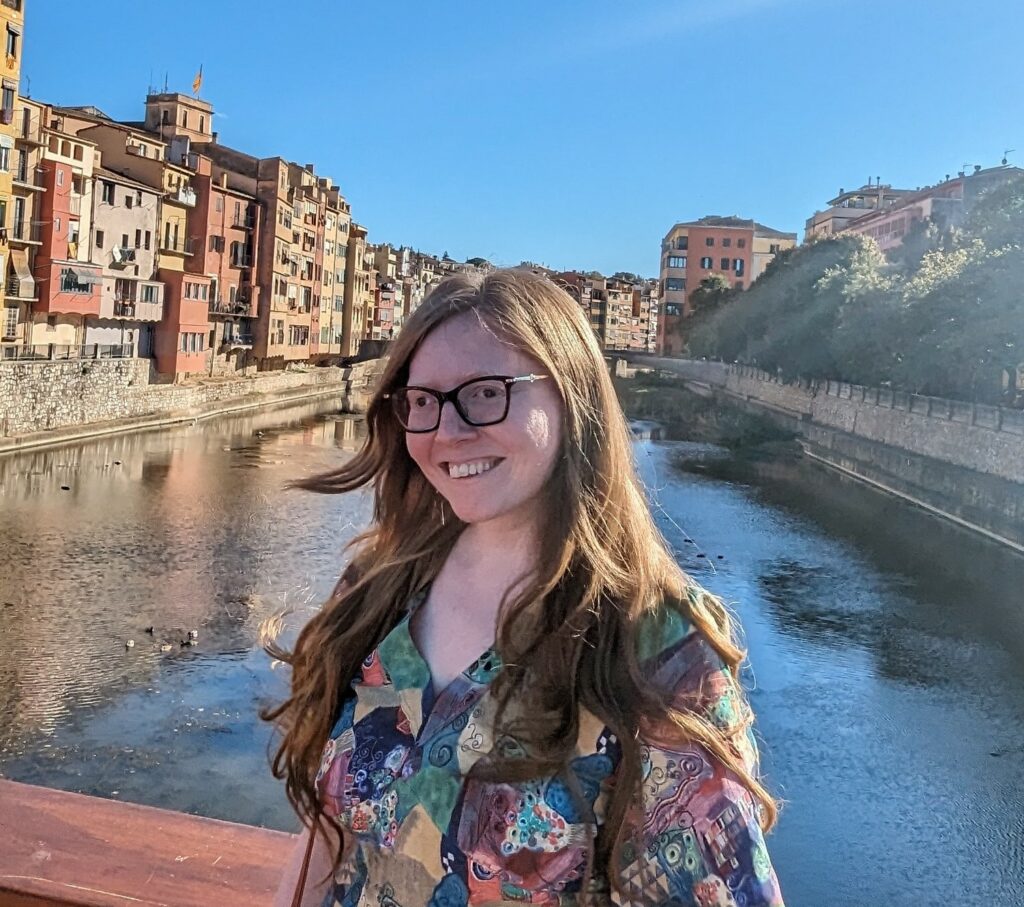
This is the second part of the creative writing series FIXATIONS. In the series, I interview the students of the Master’s programme Children’s Literature, Media and Culture (CLMC) about the intertwining of their creative and academic pathways.
The diversity of the CLMC community is one of the most valuable things about it to me. I see how I am becoming a more empathetic reader. Learning from my classmates who do not have the same identities as I do is crucial to manifest the diversity of childhoods and girllhoods.
I am delighted to talk to Mehak Siddiqui about her work in which she reveals how a girl can navigate a complex identity.
Q: In “A girl like me,” you claim that your identity can be described by the word “intersectional,” naming your various identities. Is there any identity that is the most important for you, or are they equally important?
A: I think all the identities are equally important, which is why the concept of intersectionality has made me feel so seen ever since I first came across it. Most of my life, I feel like people have tried to put me in boxes and I didn’t fit into any particular box, neither did I want to. So, intersectionality allows me to exist as many versions of me, as a complex being who cannot be described by a few limiting labels.
Q: The motif of love, sometimes portrayed very standardised, is crucial for the poem. How do you see the connection of writing and love?
A: For me, writing and love have always been intricately connected. I started writing at a young age, and even then, I would love to write about things I loved or what love meant to me. Even in pop culture, I feel love dominates as a theme the world over which points to its value in the human experience. Love, whether for myself or others, or for places or things, or even the lack of love, has always inspired me to put pen to paper.
Q: What is some new thing about girlhood that you learned from CLMC? {this would be the universal question for all}
A: I found it particularly interesting that girlhood is an area of academic and literary study. I was not aware of this field of research and have found it interesting to read diverse narratives of girlhood and reflect on them in relation to my own experiences.
A girl like me
Where’s your dupatta?
My mother asked
I was twelve, maybe eleven
Or ten or thirteen?
In the throes of puberty
When this question that
would forever haunt
First made an appearance
On the turbulent shores
of my complicated existence.
Intersectional
Is the word I would learn
Years later
To understand my identity
Pale and blonde.
But not white,
Brown.
Muslim,
But with hair uncovered.
Indian,
But also Kenyan.
Female,
But so much more.
Where’s your dupatta?
Put it around your neck.
Cover your chest.
Don’t stand so tall.
Keep your gaze downcast.
Don’t draw attention to yourself.
You don’t want to give the wrong message.
You’re a girl.
One day, you must marry.
Then, do whatever you want.
Or not.
Whatever your husband wishes.
Thirteen changed to eighteen
But the rules stayed the same.
And the question.
Where’s your dupatta?
Became more pressing
More persistent.
And I, resistant.
I came across a book once
Called “That thing around your neck.”
And I thought,
It might be about my dupatta
Or its lack thereof.
But no, the book was about love.
Love, love, love.
How I have craved it.
The romantic kind.
Always wondering, does it even exist?
For a girl like me?
Who lives at the intersections
Of so many complications.
Forever explaining my identity.
Always wondering, who will love me?
When I come with all this…
Can we call it “baggage?”
The girl transformed into a woman.
One day, she must marry.
Or not.
She’ll do whatever she wishes.
Hasn’t she always?
-Mehak Siddiqui
-Glafira Soldatova
Junior Girl
Girl Medium Inc
